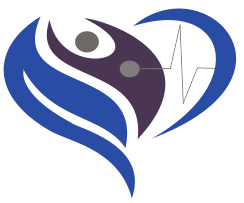MRI
MRI stands for Magnetic Resonance Imaging. It's a medical imaging technique used to produce detailed images of the internal structures of the body. MRI uses a strong magnetic field and radio waves to generate images of organs, tissues, bones, and other structures.
During an MRI scan, the patient lies on a table that slides into the MRI machine, which is a large tube-shaped scanner. The machine creates a magnetic field around the body, and radio waves are directed at the body, causing the hydrogen atoms in the body's tissues to emit signals. These signals are picked up by receivers in the MRI machine and processed by a computer to create detailed images.
MRI is particularly useful for imaging soft tissues, such as the brain, spinal cord, muscles, and joints. It can help diagnose a wide range of conditions, including tumors, strokes, spinal cord injuries, joint injuries, and neurological disorders. MRI is non-invasive and does not use ionizing radiation, making it a safe imaging option for many patients.
In some cases, contrast agents may be injected into the patient's bloodstream before or during the MRI scan to enhance the visibility of certain structures or abnormalities.
Overall, MRI is a valuable tool in modern medicine for diagnosing and monitoring a variety of medical conditions, providing detailed images that help healthcare providers make informed decisions about patient care.

